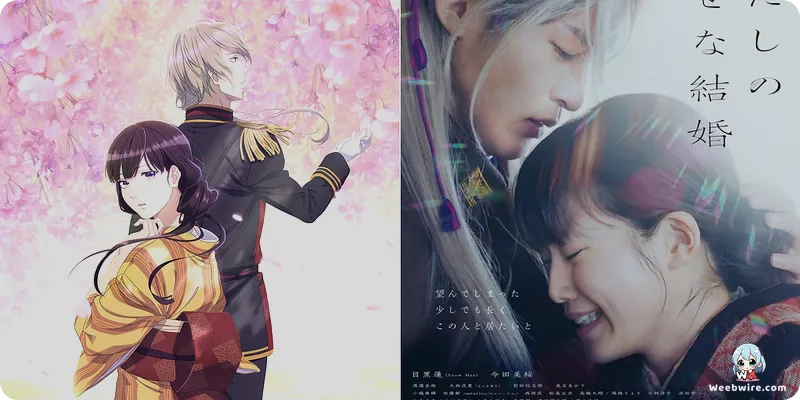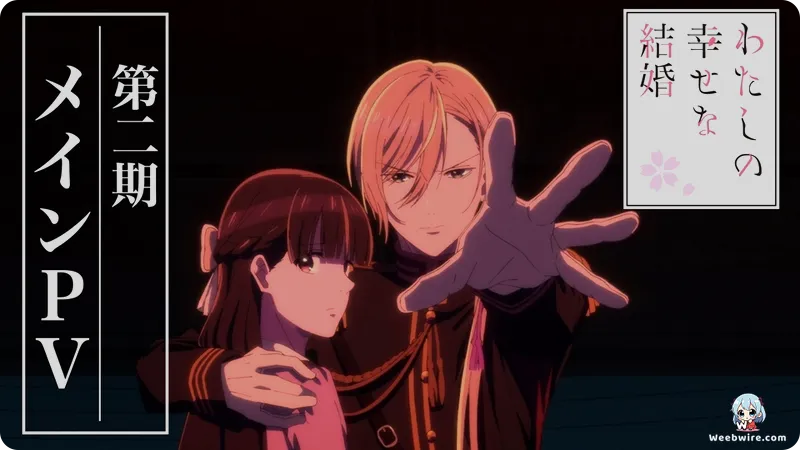Beyond the Fairy Tale: Unpacking the Taishō Era Social Commentary and Hidden Psychic Powers of My Happy Marriage

While My Happy Marriage (Watashi no Shiawase na Kekkon) may initially appear to be a classic Cinderella narrative set against a historical Japanese backdrop, the true strength of the series, adapted by the acclaimed Kinema Citrus, lies in its rich layers of psychological depth and sophisticated world-building. Beyond the central, gripping romance between the abused Miyo Saimori and the formidable Kiyoka Kudou, the anime incorporates compelling narrative choices that significantly enhance its emotional and thematic resonance.
Originally conceived as a web novel by Akumi Agitogi, the story masterfully merges sweeping historical drama with subtle supernatural elements, drawing viewers into the complex societal structures governing the Kudou and Saimori families.
The Significance of the Taishō Period Setting
A critical, often underestimated, element is the precise historical setting. The fictional world of My Happy Marriage is meticulously modeled after Japan's Taishō period (1912–1926). This turbulent era represented a collision between rigid Japanese tradition and the influx of Western modernization. This historical context acts as a powerful framework for the core themes of class division and systemic abuse that define Miyo’s early life.
The Taishō period nominally embraced democratic ideals and individualism but simultaneously clung fiercely to patriarchal structures and strict social hierarchies. It is within this system that Miyo's cruel stepfamily operates with impunity. Visual cues, such as Kiyoka’s modern military attire contrasting with traditional kimonos, and the architectural fusion of estates and urban designs, perfectly illustrate the tension between the restrictive old ways (Miyo’s background) and the potential for liberation (her relationship with Kiyoka). This detailed period commentary elevates the story beyond a simple fantasy romance.
Miyo Saimori: Trauma and the Subtle Gift
The character of Miyo Saimori herself holds profound symbolic weight. Her name, Miyo (美世), translates ironically to "beautiful world" or "beautiful generation" a stark contrast to the miserable, tormented existence she initially endures. Years of psychological abuse have instilled in her a crippling sense of worthlessness.
Unlike typical supernatural protagonists who quickly manifest destructive powers, Miyo’s initial perceived lack of a "Gift" (a supernatural ability) is central to her trauma. Her eventual discovery of Dream-Sight, a rare and deeply psychological psychic ability unconnected to physical combat, serves as a powerful narrative twist. This subtle power, focused on emotional healing and inherited trauma, beautifully aligns with the series’ core message, differentiating her arc within the supernatural fantasy genre.
Kiyoka Kudou: Beyond the Ice Prince Persona
Conversely, Kiyoka Kudou, the reputed "Ice Prince," shatters the typical aloof male lead stereotype with surprising complexity. While his reputation for driving away previous fiancées due to cruelty is factually correct, the underlying truth is that this cold exterior is a necessary, high-level defense mechanism.

As a member of an immensely powerful family, Kiyoka faced relentless pursuit from individuals seeking to exploit his status or his formidable elemental powers. His apparent cruelty was a protective barrier for himself and his lineage. Audiences are consistently surprised by his genuine nature once Miyo penetrates his defenses: Kiyoka is revealed to be remarkably caring and domestic, often taking responsibility for household chores, including cooking. This deliberate portrayal highlights his desire for a true, equitable partnership, transcending mere political convenience.
The Aristocratic Nature of "The Gift"
Finally, the supernatural system, known as "The Gift," is intricately tied to the world's aristocratic structure, underscoring the social commentary. Gifts are strictly hereditary passed down through bloodlines like the Kudou’s flame manipulation or the Usuba’s psychic specialization. Miyo’s heritage from the powerful Usuba line, coupled with her initial apparent powerlessness, becomes a major catalyst for her abuse.
This system dictates social and economic value based purely on inherited power, reinforcing the idea that those born without the appropriate hereditary ability are deemed worthless. This scarcity and specialization of Gifts ground the fantastical elements in the political machinations of the noble houses, adding a layer of bureaucratic complexity to the drama. This grounded, detailed approach to magic is a key element that solidifies the success of My Happy Marriage, making it a deeply resonant story of self-discovery and recovery.
Credits
My Happy Marriage
Author
Akumi Agitogi
Cover Art
Tsukiho Tsukioka
Studio
Kinema Citrus
Publisher
Fujimi Shobo (Kadokawa)
Producers





